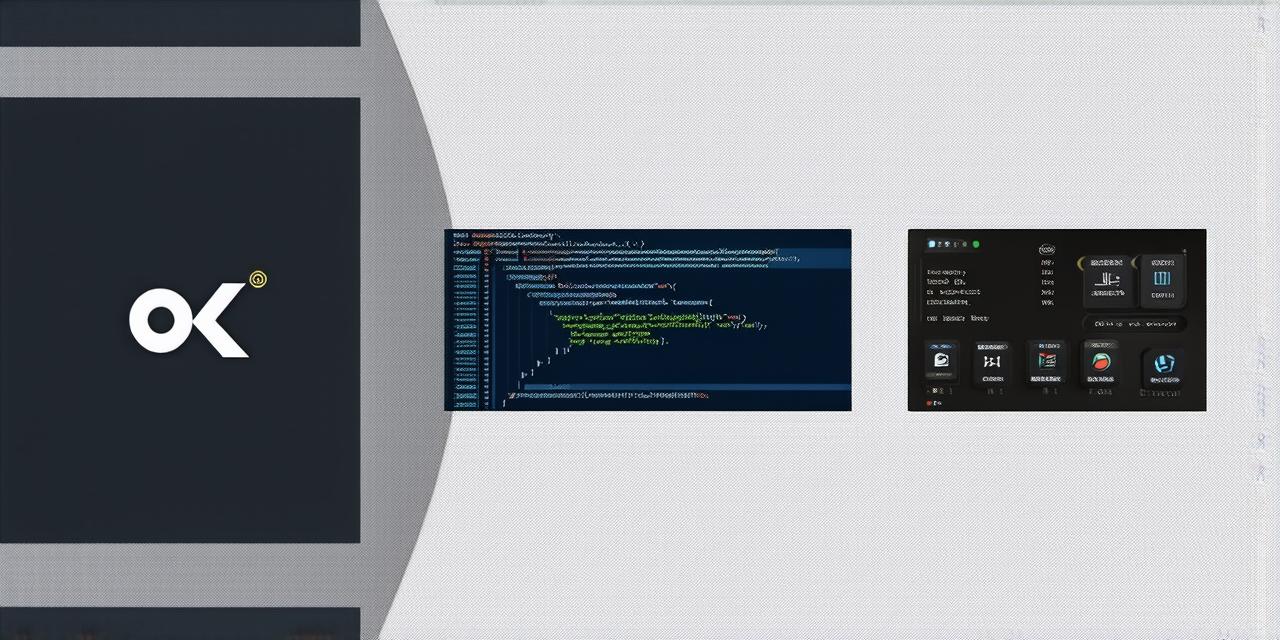Introduction
As game developers, we understand the importance of delivering a bug-free gaming experience to our players. However, bugs can be frustrating and time-consuming to fix. In this article, we will discuss some best practices and techniques that game developers can use to fix bugs quickly and efficiently. We will also cover some common types of bugs that game developers encounter and how to prevent them from occurring in the first place.
Common Types of Bugs in Games
There are many different types of bugs that game developers may encounter. Some common ones include:
- Memory leaks: Memory leaks occur when a program continues to allocate memory even after it has stopped using it. This can cause the program to consume too much memory and crash.
- Null pointer exceptions: Null pointer exceptions occur when a program tries to access an object that no longer exists. This can cause the program to crash or behave unpredictably.
- Infinite loops: Infinite loops occur when a program gets stuck in a loop and cannot escape it. This can cause the program to consume too much CPU time and slow down the system.
- Code injection attacks: Code injection attacks occur when an attacker injects malicious code into a program, allowing them to execute arbitrary commands or steal sensitive data.
How to Fix Bugs in Games
Fixing bugs in games requires a systematic approach. Here are some best practices and techniques that game developers can use to fix bugs quickly and efficiently:
- Reproduce the bug: Before you can fix a bug, you need to know how to reproduce it. This involves identifying the steps that lead to the bug occurring. Once you have reproduced the bug, you can start working on a solution.
- Prioritize the bug: Not all bugs are created equal. Some bugs may be more critical than others, and some may affect only a small number of players. It’s important to prioritize the bugs based on their severity and impact on the game.
- Use debugging tools: Debugging tools can help you identify and isolate the bug. There are many different debugging tools available for game development, including debuggers, profilers, and memory analyzers.
- Write unit tests: Unit tests can help you catch bugs early in the development process. By writing unit tests for your code, you can ensure that each individual component of your program is functioning as expected.
- Test the fix: Once you have fixed the bug, it’s important to test the fix thoroughly. This involves running a series of tests to ensure that the fix does not introduce any new bugs or affect the performance of the game negatively.
Preventing Bugs in Games
In addition to fixing bugs, it’s also important to prevent them from occurring in the first place. Here are some best practices and techniques that game developers can use to prevent bugs:
- Write clean code: Writing clean code is essential for preventing bugs. This involves using best coding practices, such as writing modular code, using descriptive variable names, and commenting your code.
- Conduct thorough testing: Thorough testing is essential for catching bugs early in the development process. This involves conducting unit tests, integration tests, and system tests to ensure that the game is functioning as expected.
- Use version control: Version control can help you keep track of changes to your code and revert to previous versions if necessary. This can help prevent bugs from being introduced by accidental changes to the code.
- Follow security best practices: Following security best practices can help prevent code injection attacks and other security vulnerabilities. This involves using secure coding practices, such as input validation, and keeping your software up-to-date with the latest security patches.

Conclusion
Fixing bugs in games is an important part of game development.




